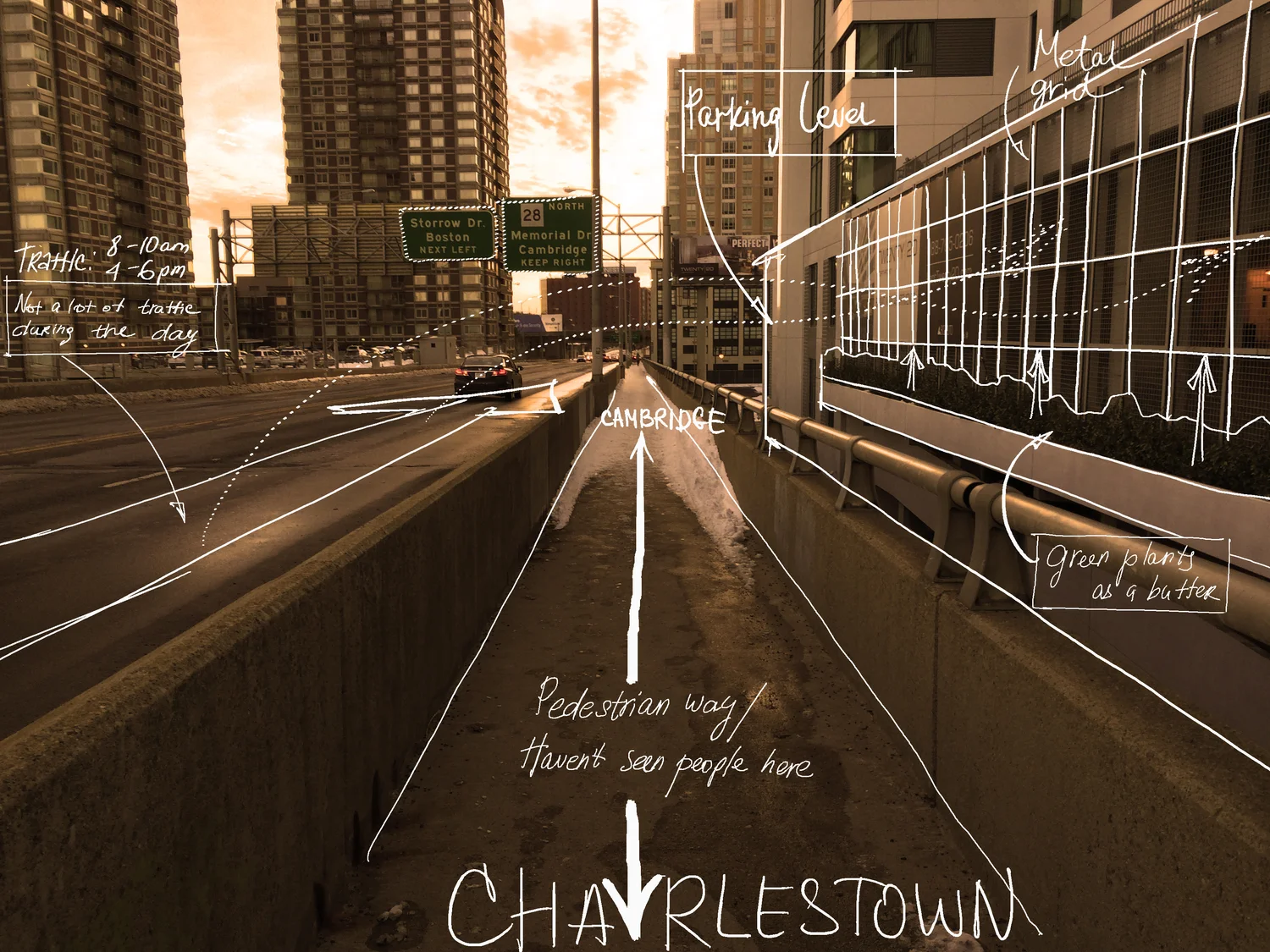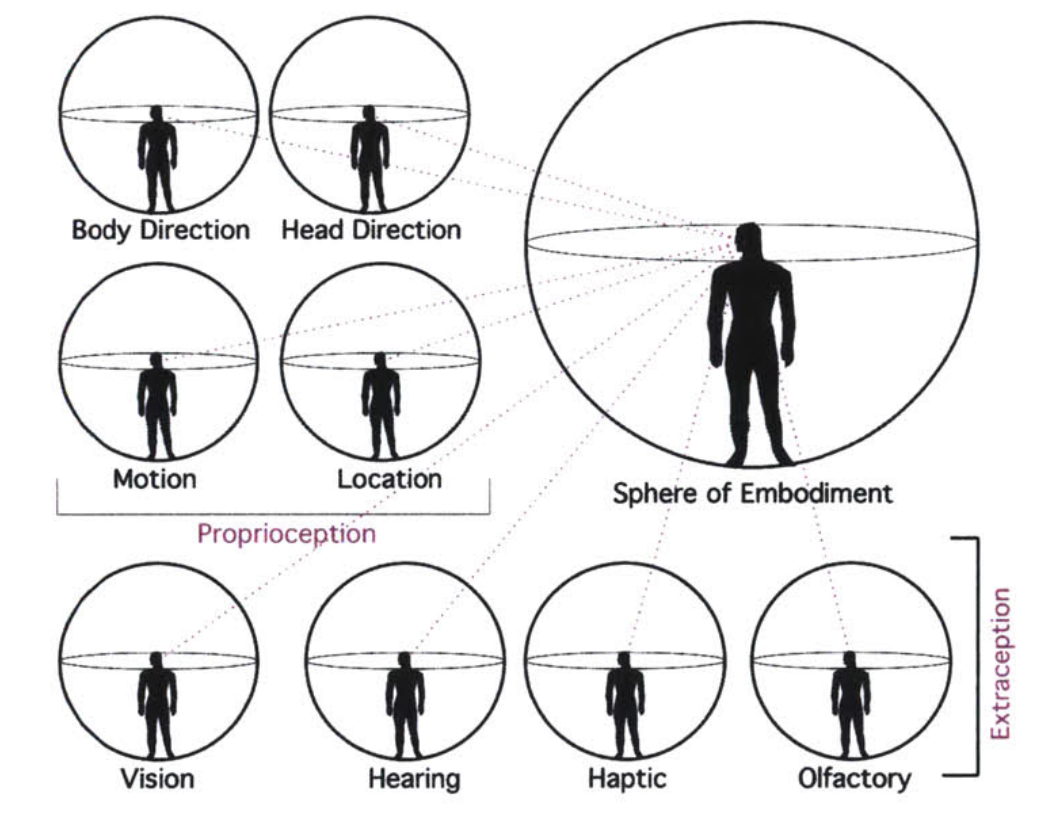International Conference on Cross-Cultural Design, 2015
MakrShakr
MakrShakr, Senseable City Lab, 2013
Design Tools of The Future Hackathon
Hackathon Organization as part of ACADIA 2017. MIT Media Lab.
How does a VR tool work in the future to help an architect presenting a design of a new public school to the local community? What is an AR tool that real estate brokers can use to help promote their properties to home hunters? What is a future MR tool on the construction site that helps building faster, safer and more economically?
Focusing on challenges such as these in the real design world context, including but not limited to architectural, landscape and product design as well as urbanism, real estate and construction, this hackathon fostered an interdisciplinary environment for proposing strong innovative solutions to the future
Mediate VR
MIT DesignX Startup Accelerator Challenge Winner. 2017.
Mediate VR is a platform for speech-driven user research in virtual reality. It captures the emotions, challenges, and pleasures of spatial experience through voice recordings.
Users explore a virtual environment, respond verbally to prompts, and engage in tasks. People don’t remember the details of experiences very well after-the-fact; eyewitness accounts are notoriously unreliable. But ask someone what they think or see during an event, and they can give specific, accurate feedback. Mediate contextualizes user voice recordings through data captured from the virtual environment, synthesizing insights and feedback in real time for our clients through an admin dashboard
Temporality in [Computational] Making
MIT Department of Architecture, Fall 2017
This seminar/project subject explores the topic of Temporality, within the context of the cross-disciplinary research area of Computational Making. In this subject, we focus in particular on relationships between computation and the temporality of things, spaces, and their making. Temporality here is understood as change, transience, and transformation over time. Computation is commonly viewed as a process over time, and thus is naturally allied to temporality. How can digital, mechanical, or manual computation promote new ways of understanding and supporting the temporality of things, spaces, and their making?
Computational Ethnography and Spatial Narratives of Urban Space
Boston Architectural College, Advanced Workshop. Spring 2016
This studio explored data-driven tools for analyzing urban experience and building descriptive narratives that inform design processes. During the workshop, we used a series of digital data collection tools for constructing rich descriptions based on location-based media and onsite ethnographic observations. Through a series of critical discussions, the class introduced the concepts of urban perception, spatial data and cartography. Supported with computational design tools, students were guided to translate their findings into architectural expressions, gradually building their design proposals for the designated areas. Class combined data driven methods and sensory ethnography in a computational framework, through which students learn interactive map making, data interpretation and computational design tools.
Machine Vision for Urban Morphology
ISUF International Conference, 2015
Proliferation of data centric methods in mapping practices brings about the question of whether they can integrate the urban morphology and its implications on spatial data analysis. While quantitative data are processed within geographic information systems (GIS) framework through an extensive set of spatial data extraction and processing tools, qualitative assessment of city form is mostly a manual task that requires careful examination of formal and material features. In this research, we introduce a novel computational method for the analysis of the morphological features of cities ranging from macro scale street networks to building stock patterns. We use image processing and pattern matching techniques that are often used in computer vision algorithms for the assessment of morphological features that of street networks, parcel and building stock. Through a comparative analysis of four neighborhoods in Istanbul, we show that there is a strong parallelism between socio- economic development and urban form of Istanbul.
Computing embodied architectures
International Conference on Spatial Cognition, 2015
Computing embodied architectures brings together contemporary research and projects that incorporate the sensory processes, the body and its movement in designing, making, and thinking about space and the built environment, while inquiring into the potentials of computational ideas and techniques for describing, understanding, or enriching the interactions of bodies in and with space.
Being the body: A computational approach to human experience of space
International Conference on Spatial Cognition, 2015
Space first: A spatial inference model for multi-sensory perception
International Conference on Spatial Cognition, 2015
Reactive Making
Boston Architectural College, 2015
Reactive Making explored the application of digital fabrication for design processes. The goal was to discover effective methods to apply computation to the design and production of rapid prototypes that communicate the physical and perceptual aspects of the environment. Students were introduced to a variety of tools and concepts including computer-aided design, computer-controlled cutting and 3D model making, interface and application programming, and sensors technologies. We developed innovative computational designs and applying them in creative responses to design problems.
nRoom: an immersive virtual environment for collaborative spatial design
CHIuXiD '15: Proceedings of the International HCI and UX Conference in Indonesia
In this paper, we present the results of an experimental study aiming to explore the collaborative user experience in an immersive virtual environment. We designed and implemented an application that enables users to collaboratively design a spatial layout using head-mounted VR displays and hand tracking devices. With a strong emphasis on the relationship between spatial interaction and communication, we assert that a shared-view virtual environment allows collaborative articulation of spatial design problems and improves communication between designers. Our study combines qualitative and quantitative methods to test the usability of the proposed system, and to determine the aspects of spatial communication in virtual environments.
Design Driven Innovation
Invited speaker. October 2014.
The Future of Smart Living and Connected Objects
MIT Design Lab, 2013.
Perception Creatures
How do the ways we sense space influence the way we make space? Can we challenge the ways we design by exploring the ways we perceive? This workshop aims to extend our understanding of architecture by studying the interaction of the body and the environment. Each student team invents its own ‘creature’ that acts as a perception machine for the analysis and design of space. The creature, which can be either an extension of the body or an autonomous device, provides the sensory data from a physical space
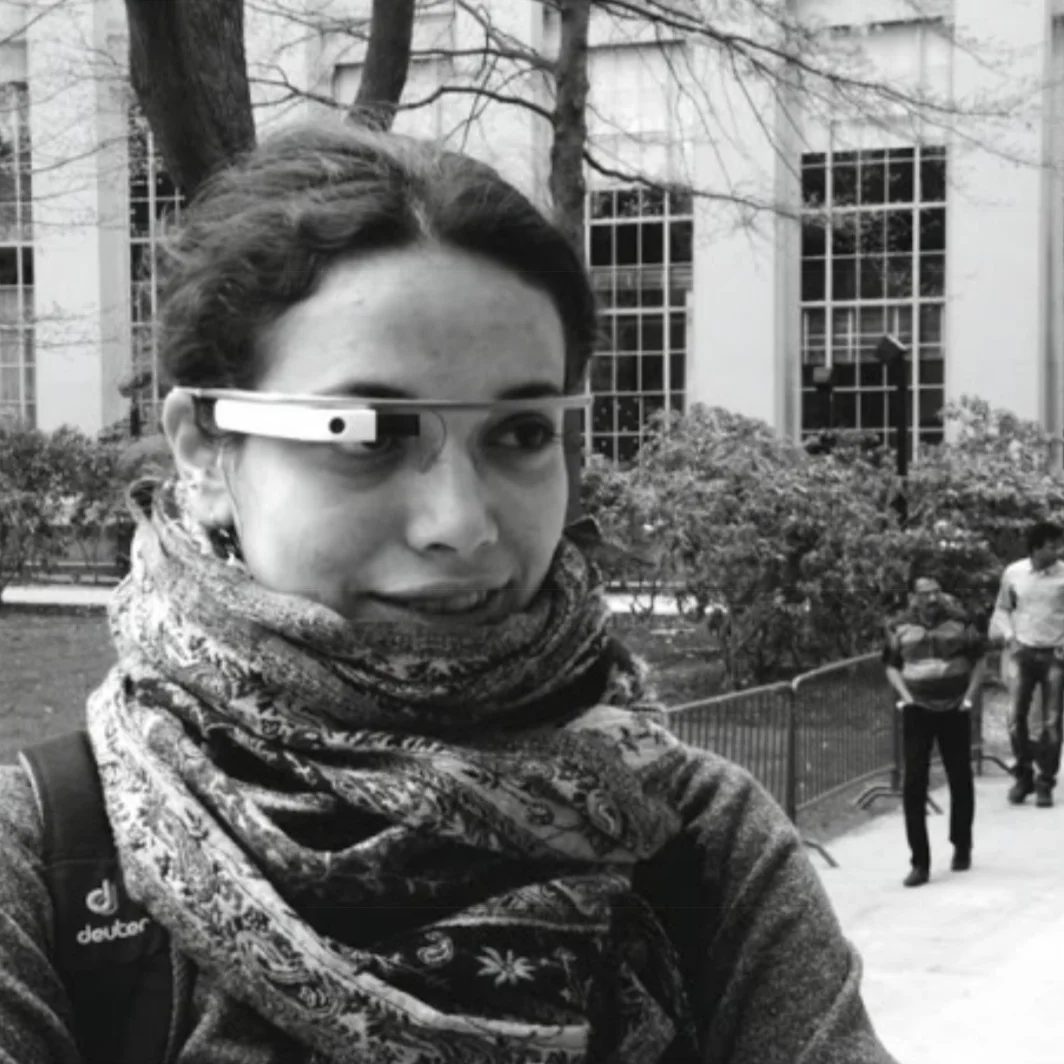


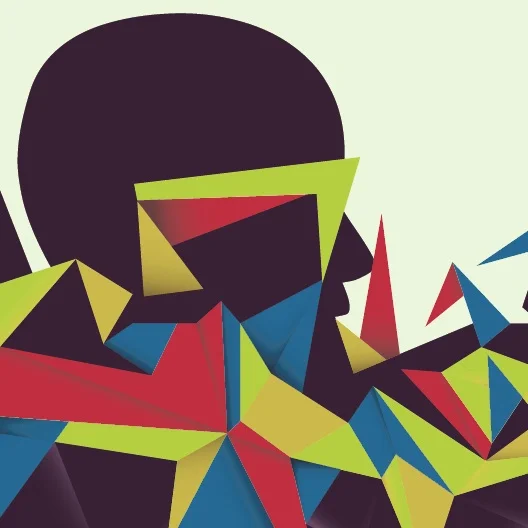
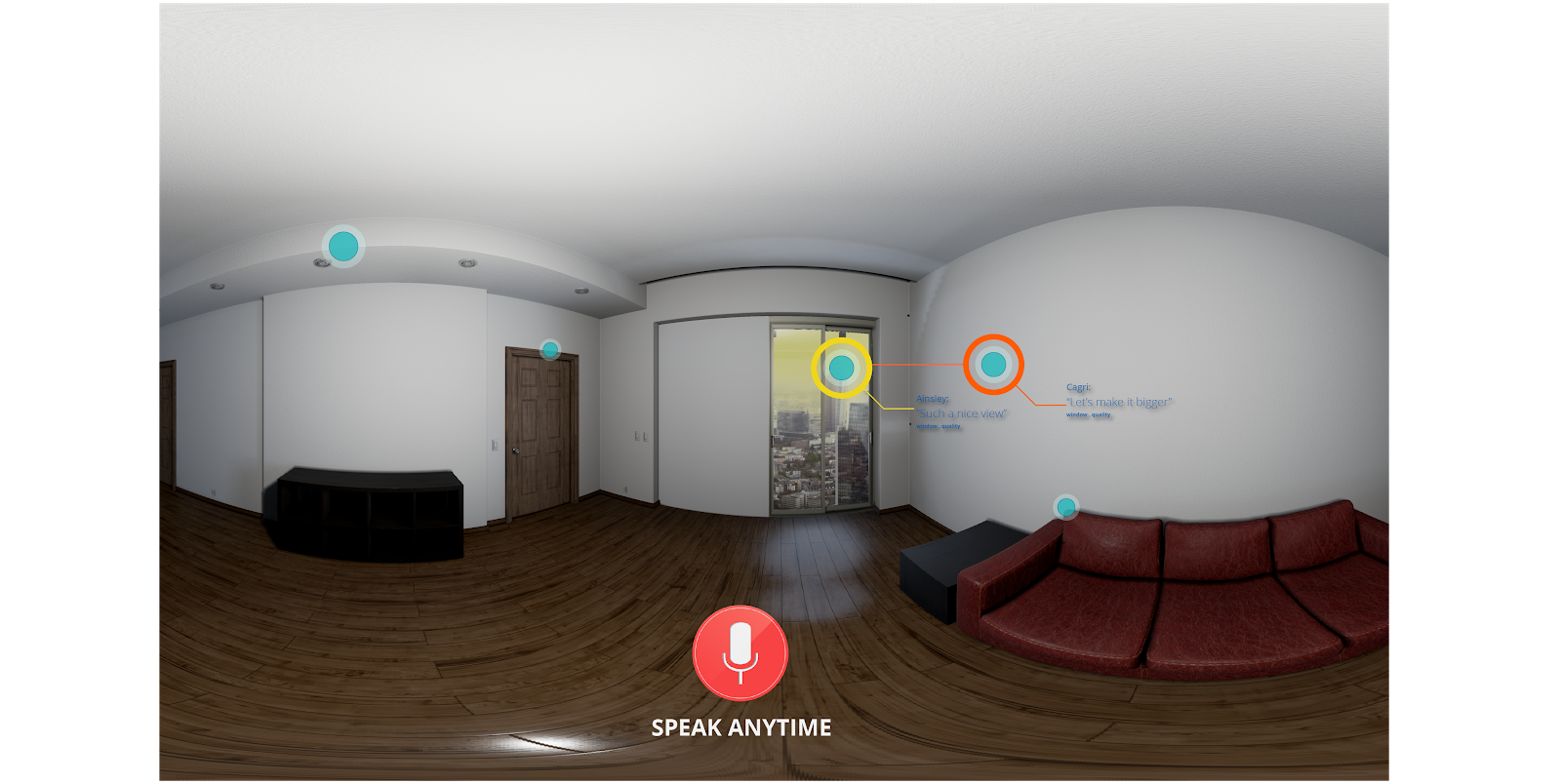
![Temporality in [Computational] Making](https://images.squarespace-cdn.com/content/v1/5c17f4e64cde7a6fd5e411b5/1545796425387-TE4VCVSSRWL2C79SJ0MC/CMTEMP2.jpg)
